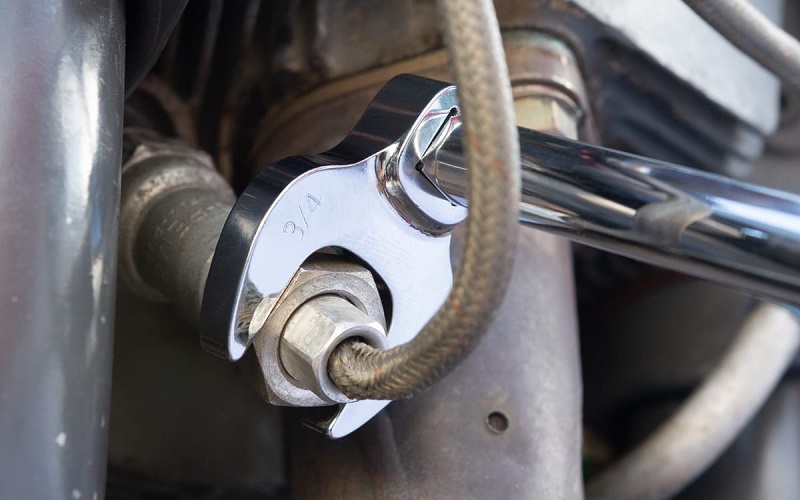Whether you’re a DIY enthusiast or a professional plumber, having the right tools is essential for successfully tackling plumbing projects. Plumbing is a skillful trade that requires precision, expertise, and the proper equipment. In this article, we’ll dive into the world of plumbing tools and explore the six main categories that every plumber should be familiar with.
Cutting Tools
Cutting tools are crucial for working with pipes and other materials. They ensure precise and clean cuts, which are essential for leak-free connections. Some common cutting tools include:
- Pipe Cutters: Designed to cut through pipes of various materials, pipe cutters create smooth and accurate cuts.
- Hacksaw: A versatile saw used for cutting pipes, bolts, and other materials.
- Sawzall: A powerful reciprocating saw used for cutting through tough materials quickly.
- Hole Saws: Ideal for creating holes in pipes and other surfaces, such as for installing faucets and fixtures.
Wrenching Tools
Wrenching tools are used for tightening and loosening nuts, bolts, and other fasteners. They provide the necessary torque for secure connections. Common wrenching tools include:
- Adjustable Wrenches: These versatile wrenches have an adjustable jaw, making them suitable for various sizes of nuts and bolts.
- Crescent Wrenches: Also known as adjustable spanner wrenches, crescent wrenches are widely used for plumbing tasks.
- Pipe Wrenches: Specifically designed for gripping and turning pipes, these wrenches are a plumber’s best friend.
- Socket Wrenches: With interchangeable sockets, these wrenches are ideal for specific sizes of fasteners.
Pliers
Pliers are essential for gripping, bending, and manipulating materials. They come in various shapes and sizes to suit different tasks. Common types of pliers include:
- Needle-nose Pliers: These slim, pointed pliers are perfect for reaching tight spaces and holding small objects.
- Slip Joint Pliers: Also known as tongue-and-groove pliers, these offer adjustable jaw positions for versatility.
- Water Pump Pliers: With their serrated jaws, water pump pliers provide a strong grip on pipes and nuts.
- Lineman’s Pliers: These heavy-duty pliers are designed for cutting, bending, and twisting wires.
Measuring Tools
Accurate measurements are crucial in plumbing to ensure proper fittings and alignments. Measuring tools include:
- Tape Measures: Flexible and easy-to-use, tape measures are a staple for measuring lengths.
- Rulers: Rigid rulers are essential for precise measurements and marking.
- Levels: Levels help ensure that pipes and fixtures are installed horizontally and vertically.
- Protractors: Used to measure angles accurately, protractors are invaluable for complex installations.
Testing Tools
Testing tools are used to verify the functionality of plumbing systems and identify issues. Common testing tools include:
- Water Pressure Gauges: These gauges measure the water pressure in pipes, helping diagnose flow problems.
- Air Pressure Gauges: Used to test the airtightness of pipes, air pressure gauges are crucial for detecting leaks.
- Leak Detectors: These devices help locate hidden leaks in pipes and fixtures.
Hand Tools
Hand tools are versatile instruments used for various tasks, such as scraping, cleaning, and prying. Some common hand tools include:
- Screwdrivers: Essential for loosening or tightening screws in fixtures and pipes.
- Hammers: Used for tapping and aligning pipes and fixtures during installation.
- Chisels: Chisels come in handy for shaping and carving materials.
- Putty Knives: These are used for applying sealants and putty to create watertight seals.
Specialized Plumbing Tools
Apart from the main categories, there are numerous specialized plumbing tools designed for specific tasks. These include tools for installing and repairing toilets, faucets, and drains. These specialized tools make complex plumbing tasks more manageable and ensure professional-grade results.
Conclusion
In the world of plumbing, having the right tools is non-negotiable. The six categories of plumbing tools we’ve explored—cutting, wrenching, pliers, measuring, testing, and hand tools—are the backbone of successful plumbing projects. By investing in high-quality tools and mastering their usage, both DIY enthusiasts and professional plumbers can ensure that their plumbing endeavors are efficient, effective, and up to industry standards.
Frequently Asked Questions
What are the must-have plumbing tools for beginners?
If you’re starting with plumbing, consider investing in a good set of adjustable wrenches, pliers, a hacksaw, and a tape measure.
How do I choose the right plumbing tools for a specific project?
Assess the requirements of your project and select tools that match the task. Research and ask experienced plumbers for recommendations if needed.
Can I use general tools for plumbing tasks?
While some general tools might work for basic plumbing tasks, using specialized plumbing tools is recommended for accurate and safe results.
Are there any safety precautions to consider while using plumbing tools?
Absolutely. Always wear appropriate safety gear, such as gloves and safety goggles, and follow proper usage guidelines to prevent accidents.
Where can I find quality plumbing tools online?
Many hardware stores and online retailers offer a wide range of plumbing tools. Look for trusted brands and read reviews to ensure quality and reliability.





